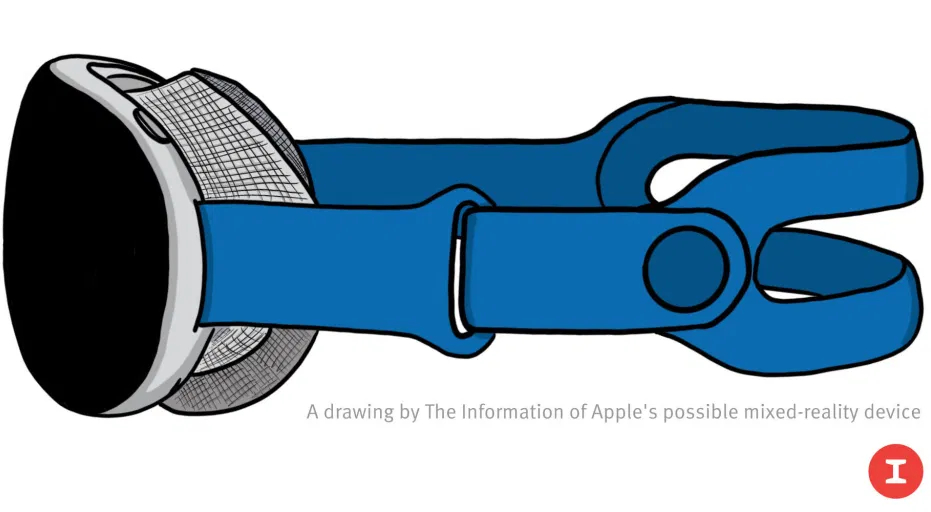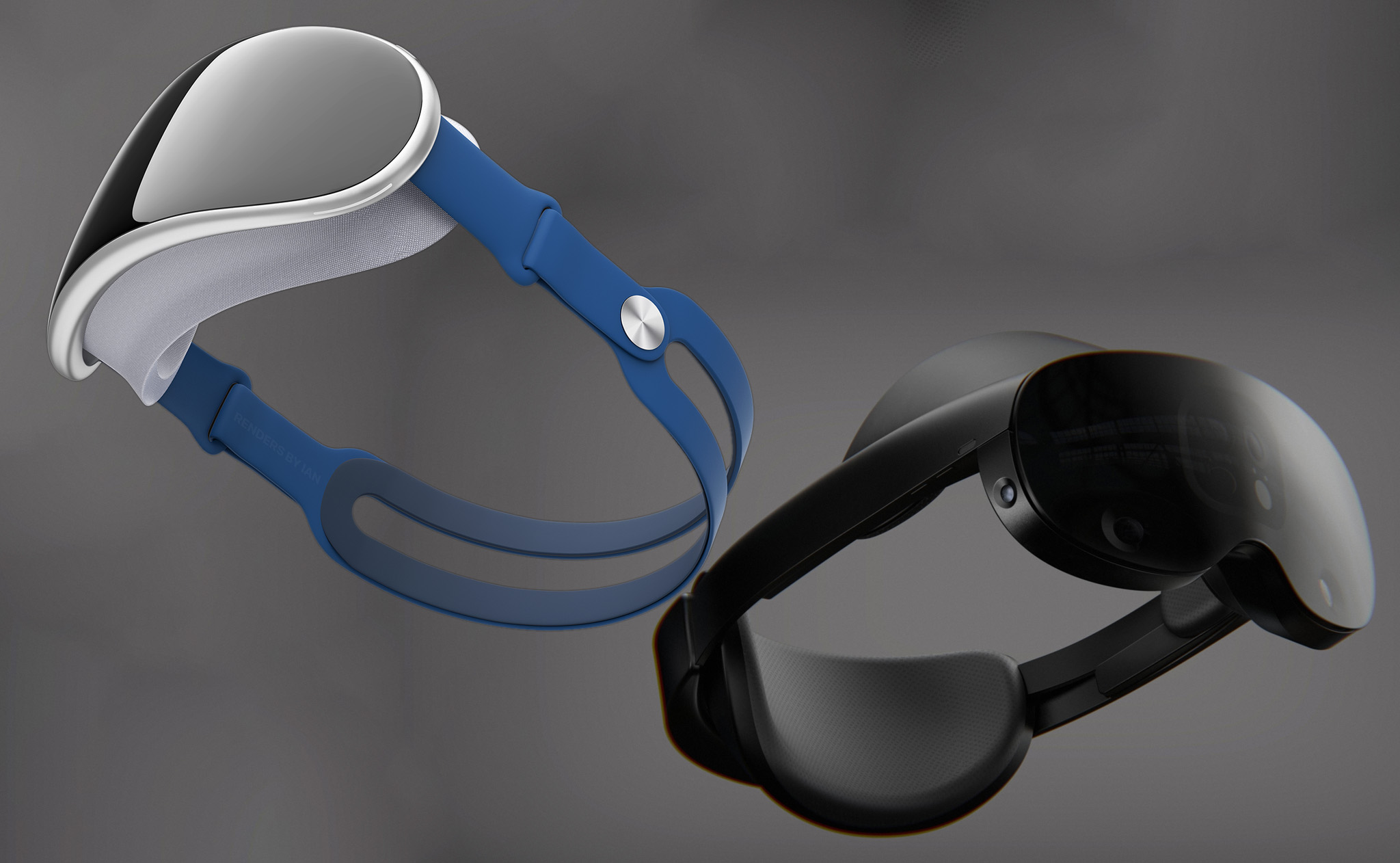AR isn't ready for the real world yet, and Apple's WWDC conference proved it
Apple's MO is to perfect other companies' designs years later. Now it's hesitating about becoming a trailblazer.

With some long-rumored tech products like the Apple XR headset or Pixel Fold, you start to feel like Charlie Brown sprinting excitedly towards that football, hoping in vain that Lucy the Leaker won't yank the football away for the nth time. But one alleged delay after another makes you jaded that the product will ever ship.
We've known for years that Apple was working on AR/VR hardware. As a Techradar freelancer, I wrote a 2018 rumor roundup noting Apple's imminent plans for AR/VR glasses with pancake optics. Tim Cook said in 2017 that "the technology itself doesn’t exist to do [AR] in a quality way" yet, but leakers insisted Apple AR/VR would ship in 2020. Then 2021. Then 2022.
Most recently, reports came in that Apple might show off its headset and RealityOS software at WWDC 2022; predictably, it was a no-show. Now the latest rumor from dependable Apple analyst Ming-Chi Kuo is that it's been delayed to "Q2 2023." But Apple could very easily keep shifting its own goalposts.
Apple is not a company that typically tries to rush ahead and be the trend-setter for new technology. It often copies ideas from other brands and perfects them to Apple's particular style. But with so many other companies struggling and waffling over AR and VR, Cook's quote still stands true five years later: it's still not clear whether the technology for a quality consumer AR experience exists yet.
Now Apple has to decide whether to keep delaying or actually put itself out there as the leading mixed-reality brand.
Is AR too big to fail?

All of the major tech companies have invested major resources in VR, AR, and mixed reality (XR). They see the metaverse as our inevitable future and want to get in on the ground floor. But despite all their resources and gifted engineers, many of these teams have floundered.
Microsoft Hololens blew everyone away with Minecraft AR years ago; now it's an unpopular military project that soldiers don't trust to work and could waste tens of billions in taxpayer money, while the enterprise focus is driving depressed Microsoft engineers to Meta. Anyone hoping for a consumer-focused Hololens 3 should abandon those hopes.
Get the latest news from Android Central, your trusted companion in the world of Android
Plenty of long-time Android Central staffers look back fondly on Google Glass, but aside from the current enterprise version, Google has done little with this tech since 2014. Since then, it has launched and abandoned two VR projects in Cardboard and Daydream. Now the fickle brand is developing Live Translate AR glasses and a cloud-powered VR/AR headset Project Iris tipped for a 2024 release. But given Google's checkered history, we can't be certain Google will give them enough support to succeed.

Meta is the closest to mainstream VR/AR success, having sold 15 million Quest 2s and with plans to sell its mixed-reality Pro headset in 2022. If Apple intends to make its AR/VR headset productivity-focused, Meta's "laptop for your face" would be its most direct competitor. The problem is that Meta is losing tens of billions of dollars a year on XR investments, scaring investors, and despite its VR success, there's no proof its AR prototypes will achieve the same success.
Case in point, The Information just reported Meta is canceling its Project Nazare AR glasses in favor of its 2nd-gen version. Evidently, the current version due out in 2024 just wasn't worth releasing to the public.
As for Apple's mobile competitors, they're also doubling down on mixed-reality. I tested OPPO's live-translating AR monocle at AWE 2022 last week. Samsung has stayed quiet since its Gear VR days, but Letsgodigital spotted a trademark for a new Samsung VR headset this year. Lenovo has its ThinkReality A3 headset powered by Motorola hardware and Qualcomm software. The list goes on.
Plus, beyond the big players, venture capitalists and companies have invested obscene amounts of money in startups that they hope will become the next Oculus. Even the CIA invested $254 million in Looking Glass, a lifelike holographic display brand I saw at AWE.

In this messy context, Apple could swoop in with an AR/VR headset that wins by default. Meta's Project Cambria will put up a fight, but it relies on underpowered Snapdragon hardware, and its team lacks Apple's overwhelming advantage in productivity software.
So aside from the obvious answer that Apple needs more time to perfect the hardware, why hasn't it released it yet?
Apple's just as lost as everyone else
When it comes to false starts, Apple has its own laundry list. It originally aimed to launch a VR headset in 2019 and built one based on Windows OS (yes, really). It also built a cheaper iPhone-dependant headset that it also scrapped. At that point, Apple went back to the drawing board and began developing the current Apple XR headset.
It intended to release it more quickly but reportedly ran into "challenges related to overheating, cameras and software" according to Bloomberg. Then the New York Times followed up with its own report that Apple was dealing with "continuing challenges with its battery power."

It's not all doom-and-gloom. My fellow VR nerd at AC, Nick Sutrich, wrote recently about how Apple's pancake optics will really benefit the device. iOS 16 will give developers the option to capture your floorplan and furniture, which will be especially helpful for mixed-reality experiences. And Bloomberg now reports Apple is hard at work on making virtual ports of its popular apps like FaceTime and Calendar, plus a virtual MacOS display.
But we know from all these reports that Apple has several problems to solve. Mainly that it's a virtual headset with battery problems that costs $2,000 marketed towards professionals that will have to compete with Apple's own cutting-edge MacBooks.
Gamers put up with the Quest's shortcomings because it's affordable and the games keep your mind elsewhere. As a laptop-replacing device, Apple has to set the bar extremely high to overcome people's prejudices against the technology as experimental or casual.
If Apple can't pull it off, no one can

At the Augmented World Expo, I saw or tested out dozens of AR prototypes and accessories. Plenty of them impressed me with their creativity and potential. But they're still all proofs of concept meant to attract interest from buyers or to keep investors happy. Almost no AR hardware was "consumer-ready," which was why a lot of it was marketed specifically as enterprise devices.
Current AR glasses rely on inconvenient tethers to your smartphone, or have brutally short battery life. To prioritize a traditional glasses design, the actual portion of the lenses with information is too compact and it's difficult to find the sweet spot where the text isn't blurry.
That's why mixed-reality headsets like Apple VR/AR and Cambria, which will use external cameras to support passthrough to the outside world, give you a much better visual experience. But they come with their own set of problems, not least of which is the extreme cost.
Most importantly, people don't know what AR is for yet, nor why they should spend so much money on it.
Apple is a company that convinces its loyal users to spend top dollar on its products. And full disclosure, I'm one of those customers: I switched to Android upon taking this job but still regularly use Apple products. If Apple VR/AR paired well with other Apple devices and offered that same iOS speed and polish I'm used to, I could see it being quite compelling.
But if I had to choose between a laptop and an AR device — one that I'd have to strap to my face 8 hours a day and would be embarrassed to wear in public — I'd choose the laptop. Almost anyone would, for now. Until mixed-reality devices become more mainstream, only people with a bunch of disposable income will buy these. Especially because Apple is neglecting the gaming side of XR, its most popular use case.

Apple isn't Google; it doesn't release a product based on its merits and hope for the best. It only sells something if the cost-benefit analysis is in its favor. And even if Apple is better situated than most to sell an expensive standalone headset, it may continue to wait and tinker with its design for as long as it wants, because no one else has captured that XR/AR market share yet, and it doesn't want its years of effort to end in a costly, public failure.
So now here we are, with all of these major companies waiting for someone else to make the first move — like a really boring adaptation of the standoff in The Good, The Bad, and the Ugly. Meta will take the first shot with Project Cambria. After that, it's anyone's guess whether Apple finally takes the AR plunge or just decided to keep waiting. But the next time a release date leaks, I won't exactly be holding my breath.

Michael is Android Central's resident expert on wearables and fitness. Before joining Android Central, he freelanced for years at Techradar, Wareable, Windows Central, and Digital Trends. Channeling his love of running, he established himself as an expert on fitness watches, testing and reviewing models from Garmin, Fitbit, Samsung, Apple, COROS, Polar, Amazfit, Suunto, and more.
